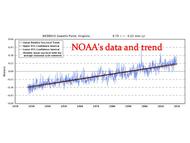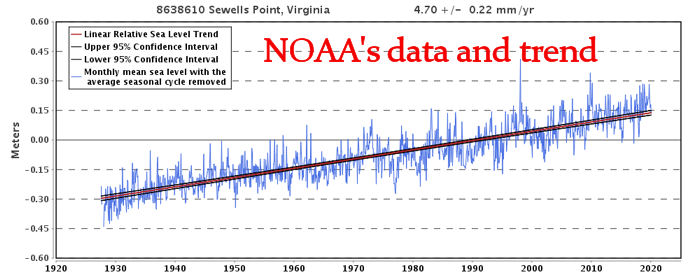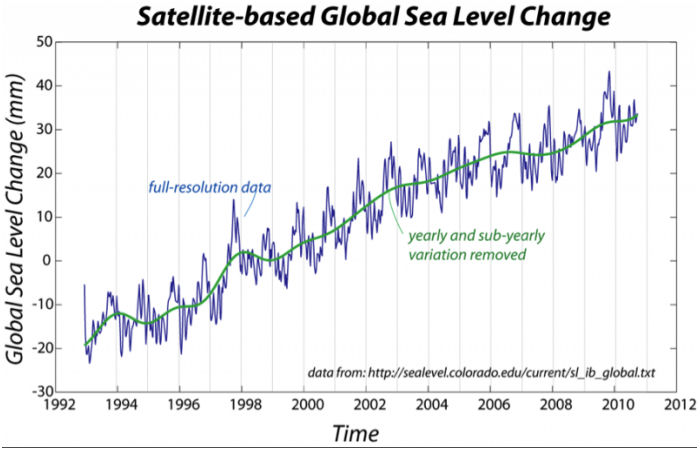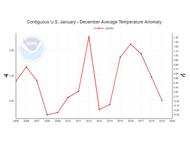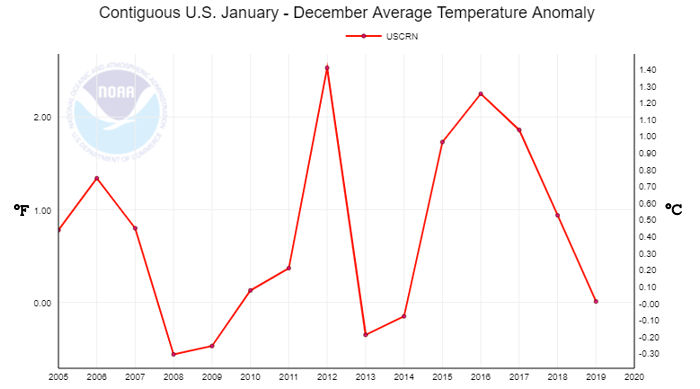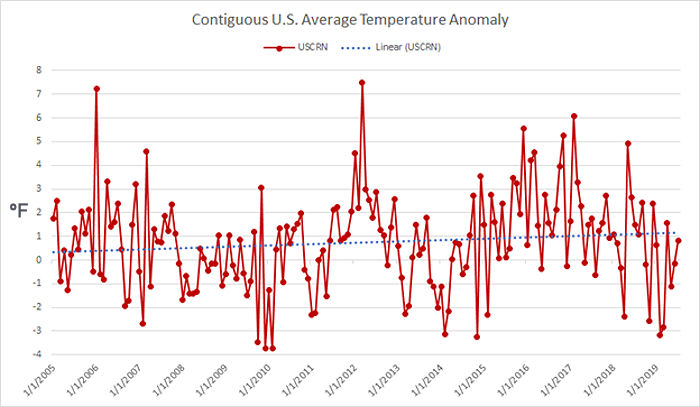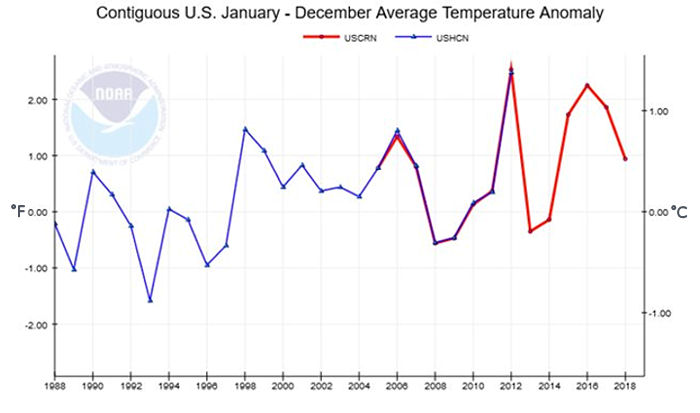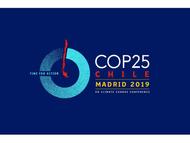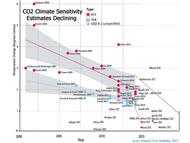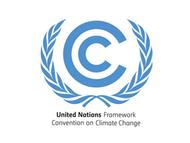George Orwell’s novel, 1984 describes a dystopian future in which history is routinely rewritten to fit the requirements of the government and in which independent thought is actively discouraged. Orwell intended 1984 as a warning, not as a script. However, it is progressively being treated as a script, notably in the consensed climate change community. Orwell introduced Big Brother, the Ministry of Truth, the Memory Hole, Thoughtcrime, the Thought Police, Newspeak and Doublethink to the lexicon. Consensed climate science has analogues.
The UN Secretariat and the UNFCCC aspire to the role of Big Brother, attempting not only to halt climate change, but also to control the actions of global governments and institutions in the process, ultimately becoming a global government. In this role, the UN would collect and redistribute funds among nations to fund mitigation of and adaptation to climate change, as well as to compensate nations for loss and damage “caused by” climate change. They would also collect and redistribute funds to achieve social, gender, racial and environmental “justice”.
The UN and the UNFCCC have developed the climate version of Newspeak, progressing from global warming through climate change, global climate weirding, climageddon, global heating, climate crisis, climate emergency, existential crisis, fireball earth and numerous other descriptors. This evolving Newspeak does not correspond to a worsening climate, but rather to the realization that the public has not “appropriately” acknowledged and reacted to the perceived threat.
The UN and UNFCCC have adopted a version of Doublethink which demands that developed countries dramatically reduce their CO2 emissions, regardless of the magnitude of those emissions, while accepting that developing nations which are large and growing emitters continue to grow their emissions. Certainly, the UN and UNFCCC are aware that global CO2 emissions cannot stabilize or begin to decline until the largest emitters halt the growth of their emissions.
The IPCC, NOAA, NASA GISS and the Hadley Center at UEA appear to be the principal components of the climate Ministry of Truth. Perhaps the poster child for revisionist climate history is the Mann “hockey stick”, which removed the Roman Warm Period, the Medieval Warm Period and the Little Ice Age from broadly acknowledged climate history, replacing them with a virtually featureless flatline global average near-surface temperature until the advent of significant growth of anthropogenic CO2 emissions in the mid-20th century.
This climate Ministry of Truth also collects and analyzes climate research and aggregates the research conclusions into technical reports, which are then educed to a Summary for Policymakers. This summary portrays the working group reports consistent with the accepted narrative of the consensed climate science community. In the research aggregation process, research which does not comport with the accepted narrative is dispatched down the Memory Hole, never to be seen again. Researchers who object to this treatment of their research are judged to be guilty of a Thoughtcrime. Some such researchers have also been pursued and attacked by the climate Thought Police, as documented in the Climategate e-mails.
The media have developed their own analog of the Two Minutes Hate, criticizing skeptical science and skeptical researchers, as well as those who fund their research, thus advancing the propaganda efforts of the climate Ministry of Truth.
George Santayana warned that those who will not learn from history are destined to repeat it. However, constantly revised history makes learning useful lessons from that history both difficult and questionable.
 The Right Insight is looking for writers who are qualified in our content areas. Learn More...
The Right Insight is looking for writers who are qualified in our content areas. Learn More...

